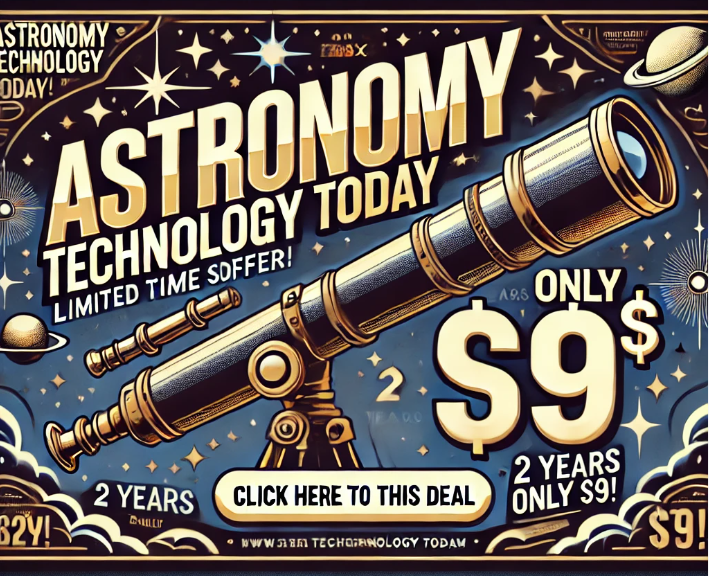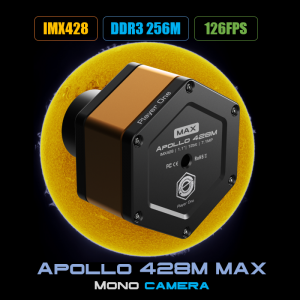Player One Astronomy is a Suzhou, China based company that has announced the release of its latest planetary camera series, the Neptune-C II, which adopts the Sony IMX464 1/1.8” format sensor.
 The camera can reach 93FPS at full resolution, which is 55% higher than the 60FPS of the IMX178 chip of the same size, making it more efficient to shoot planets. With its ability in capturing infrared lights and its super high sensitivity, the Neptune-C II can be used as a monochrome camera with an IR850 filter or CH4 filter to capture infrared lights.
The camera can reach 93FPS at full resolution, which is 55% higher than the 60FPS of the IMX178 chip of the same size, making it more efficient to shoot planets. With its ability in capturing infrared lights and its super high sensitivity, the Neptune-C II can be used as a monochrome camera with an IR850 filter or CH4 filter to capture infrared lights.
The camera can be connected to a telescope with a 1.25″ T-Mount, or by a Barlow lens between the camera and a telescope to extend the focal length. With a CS adapter and fisheye lens attached to the camera, the camera can be utilized as an all sky camera. You can use the ST4 guide cable to connect the camera and the AUTO GUIDE port of the equatorial mount to do guiding.
The Neptune-C II can reach a low readout noise of 0.75e at a gain of 350 and around 0.71e at a gain of 400. It offers an HCG mode, which will automatically turn on when the camera gain setting is >80. The HCG mode can greatly reduce the readout noise and retain the same high dynamic range as the low gain.
The Neptune-C II utilizes DDR3 cache which helps stabilize and secure data transmission, which effectively helps avoids frame dropping and greatly reduces read noise. With the DDR3 cache, the camera does not require high computing demands and still offers excellent performance even when connected to a USB 2.0 port.
The Neptune-C II also offers DPS (Dead Pixel Suppression) technology, where dead pixels, including hot pixels and cold pixels of the image, are swept away.
When the camera is connected to the USB3.0 interface and full-resolution preview is used, it can reach 93 FPS in RAW8 mode (10bit ADC). When recording images, since the actual writing speed will be affected by the writing speed of the hard disk itself, when the hard disk writing speed is slow, the recording may not reach the theoretical speed. It is recommended that you use a high-quality solid state drive to record data to take advantage of the performance of the camera.
You can learn more about the Player One Astronomy Mars series of planetary cameras here.
 And to make it easier for you to get the most extensive news, articles and reviews that are only available in the magazine pages of Astronomy Technology Today, we are offering a 1 year magazine subscription for only $6! Or, for an even better deal, we are offering 2 years for only $9. Click here to get these deals which only will be available for a very limited time. You can also check out a free sample issue here.
And to make it easier for you to get the most extensive news, articles and reviews that are only available in the magazine pages of Astronomy Technology Today, we are offering a 1 year magazine subscription for only $6! Or, for an even better deal, we are offering 2 years for only $9. Click here to get these deals which only will be available for a very limited time. You can also check out a free sample issue here.



